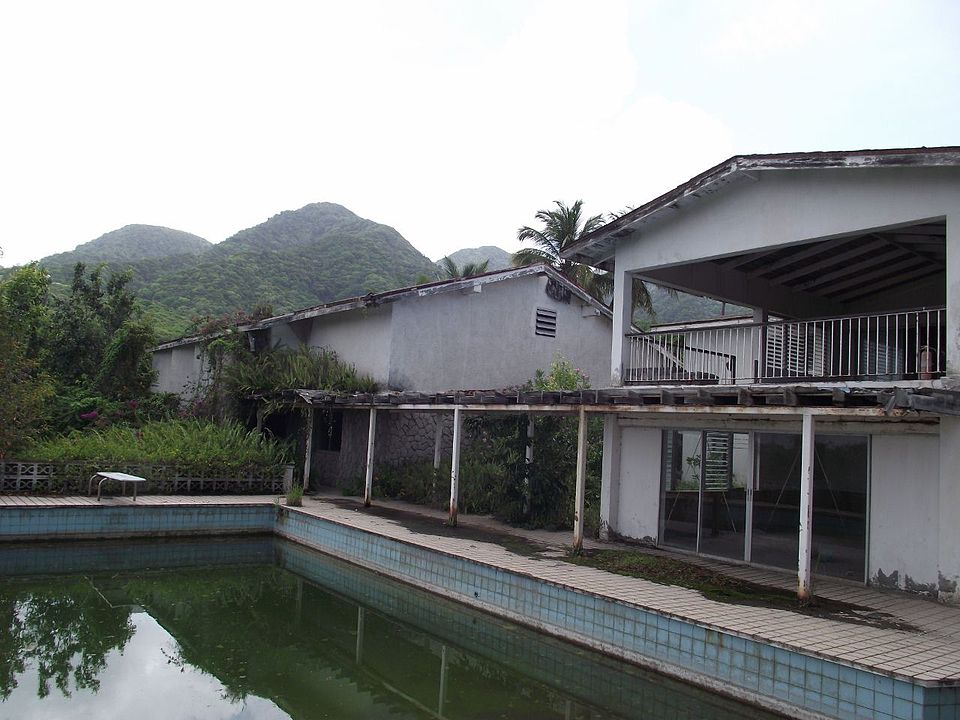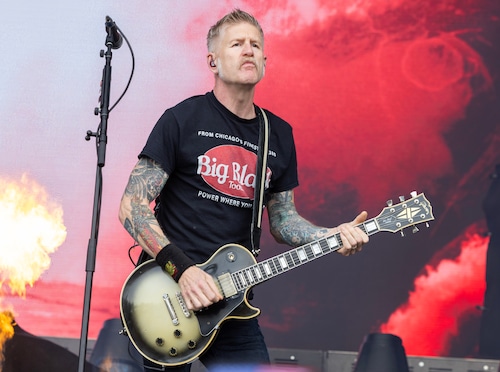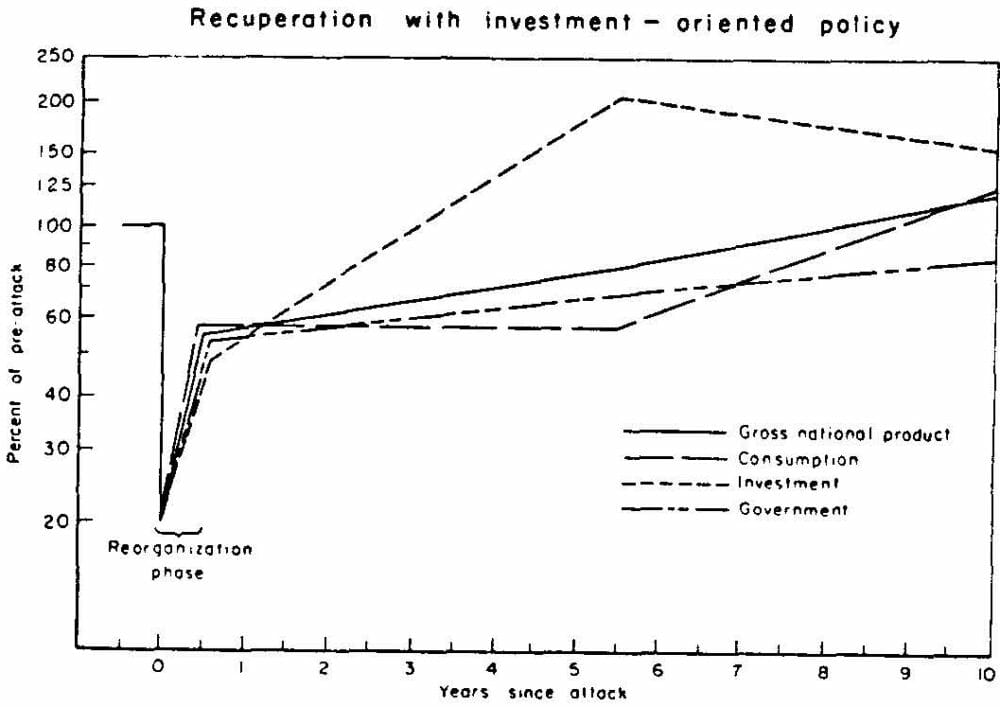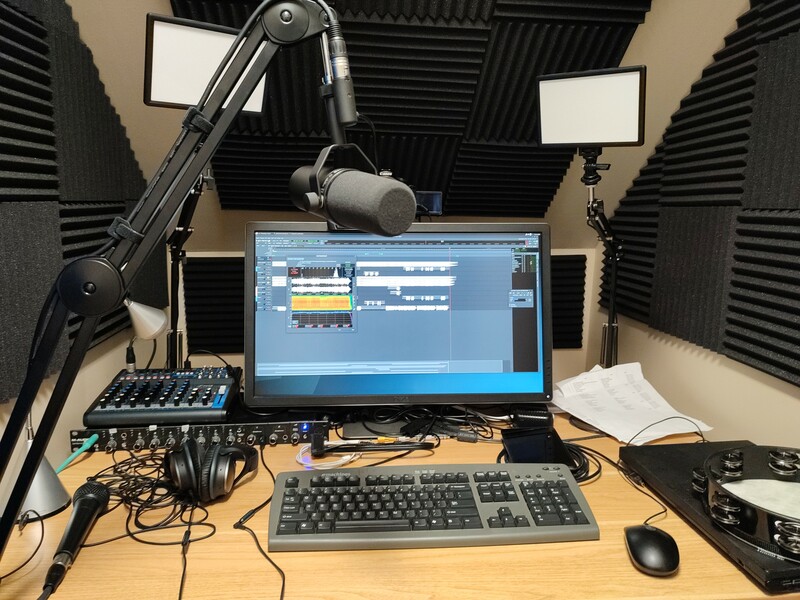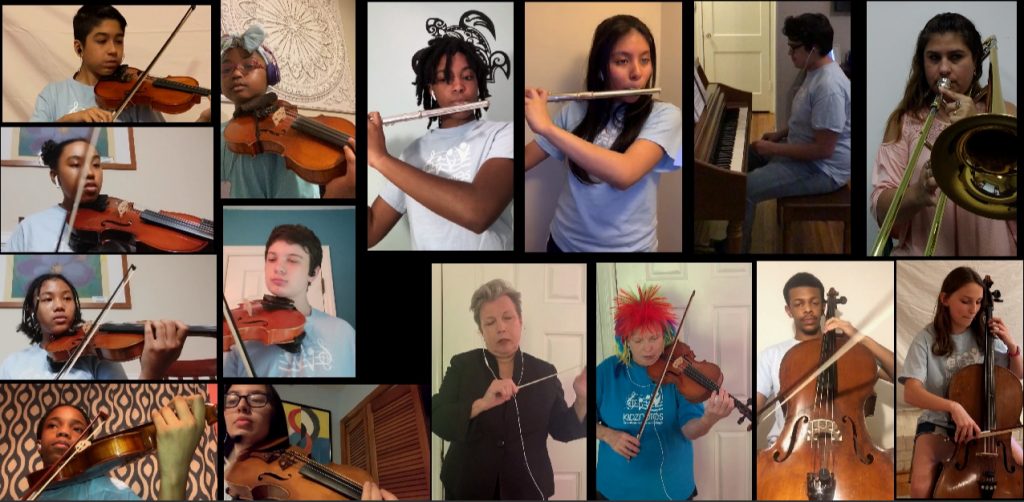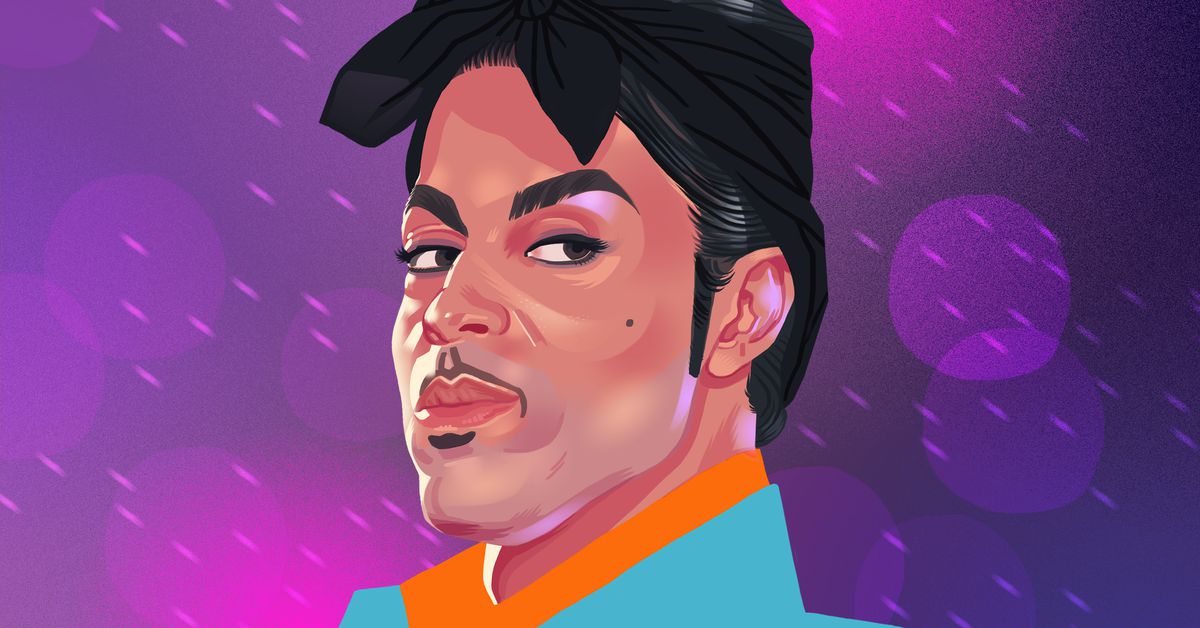The winter before last, I bought an electronic drum kit from Facebook Marketplace. Seemed like a deal and I’d always wanted to learn, so why not? I drove a few hours to the seller’s home somewhere south of Charlotte and hauled it back home.
It sat in our playroom for a little while until I got over my intimidation. Then, like with everything else I want to learn nowadays, I fired up YouTube and watched my first drum tutorial video. After a day or two of practicing, I was able to do a basic pattern!
Once I had that down, I was constantly feeding myself new material to master. I would fire up Spotify in my headphones and drum along with whatever song struck my fancy. Soon I was doing more complicated music. Eventually, I progressed to watching videos that included drum tablature, getting to the point where I could read music and nearly play at full speed. Suddenly I was somewhat useful behind the kit.
Fast forward to today. My band DNR’s drummer, John Palmer, sometimes can’t make practice due to prior commitments. The rest of the band could either waste time, noodle around, play to a drum track, or bag the practice altogether. I have been stepping up in practice to take over drumming with the aim to keep a steady beat. I’m still new and not nearly as fancy as I want to be, but often I can get the job done. It does drive me to want to get better, especially since I know the caliber of musicians my bandmates are and that they deserve an equally talented drummer. I’m not quite there yet but I definitely get charged up about playing with a real band. John’s position is secure, let me just say!
While I still get self-conscious about missing a beat or not adding the right fill, I can appreciate how far I’ve come in the short time I’ve been a drummer. Drums to me are a welcome break from work. I will leave my home office for the playroom, sit down, and play to a song.
A little bit here and there can get you far, before you know it.
